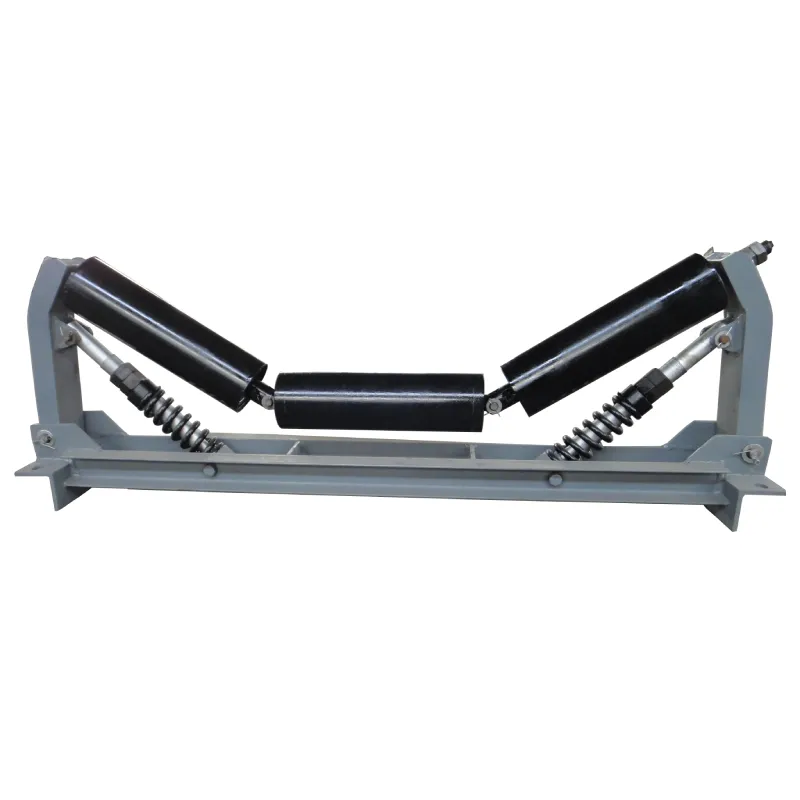 Afrikaans
Afrikaans  Albanian
Albanian  Amharic
Amharic  Arabic
Arabic  Armenian
Armenian  Azerbaijani
Azerbaijani  Basque
Basque  Belarusian
Belarusian  Bengali
Bengali  Bosnian
Bosnian  Bulgarian
Bulgarian  Catalan
Catalan  Cebuano
Cebuano  Corsican
Corsican  Croatian
Croatian  Czech
Czech  Danish
Danish  Dutch
Dutch  English
English  Esperanto
Esperanto  Estonian
Estonian  Finnish
Finnish  French
French  Frisian
Frisian  Galician
Galician  Georgian
Georgian  German
German  Greek
Greek  Gujarati
Gujarati  Haitian Creole
Haitian Creole  hausa
hausa  hawaiian
hawaiian  Hebrew
Hebrew  Hindi
Hindi  Miao
Miao  Hungarian
Hungarian  Icelandic
Icelandic  igbo
igbo  Indonesian
Indonesian  irish
irish  Italian
Italian  Japanese
Japanese  Javanese
Javanese  Kannada
Kannada  kazakh
kazakh  Khmer
Khmer  Rwandese
Rwandese  Korean
Korean  Kurdish
Kurdish  Kyrgyz
Kyrgyz  Lao
Lao  Latin
Latin  Latvian
Latvian  Lithuanian
Lithuanian  Luxembourgish
Luxembourgish  Macedonian
Macedonian  Malgashi
Malgashi  Malay
Malay  Malayalam
Malayalam  Maltese
Maltese  Maori
Maori  Marathi
Marathi  Mongolian
Mongolian  Myanmar
Myanmar  Nepali
Nepali  Norwegian
Norwegian  Norwegian
Norwegian  Occitan
Occitan  Pashto
Pashto  Persian
Persian  Polish
Polish  Portuguese
Portuguese  Punjabi
Punjabi  Romanian
Romanian  Russian
Russian  Samoan
Samoan  Scottish Gaelic
Scottish Gaelic  Serbian
Serbian  Sesotho
Sesotho  Shona
Shona  Sindhi
Sindhi  Sinhala
Sinhala  Slovak
Slovak  Slovenian
Slovenian  Somali
Somali  Spanish
Spanish  Sundanese
Sundanese  Swahili
Swahili  Swedish
Swedish  Tagalog
Tagalog  Tajik
Tajik  Tamil
Tamil  Tatar
Tatar  Telugu
Telugu  Thai
Thai  Turkish
Turkish  Turkmen
Turkmen  Ukrainian
Ukrainian  Urdu
Urdu  Uighur
Uighur  Uzbek
Uzbek  Vietnamese
Vietnamese  Welsh
Welsh  Bantu
Bantu  Yiddish
Yiddish  Yoruba
Yoruba  Zulu
Zulu Placement and Functionality of the Snub Pulley in Mechanical Systems
Understanding the Snub Pulley Its Location and Importance
In the realm of mechanical engineering and industrial design, the snub pulley plays a critical role in the operation of various machinery and conveyor systems. Understanding where this component is located and its function can provide insights into the overall efficiency and performance of these systems.
What is a Snub Pulley?
A snub pulley is a type of pulley that is used to redirect a belt or rope in a mechanical system. Its primary function is to guide the movement of the belt while also increasing the angle of wrap around the drive pulley. This is essential for enhancing the friction between the belt and the pulley, facilitating better grip, and improving the efficiency of power transmission.
Snub pulleys are particularly common in applications where space constraints necessitate changes in direction, allowing for a more compact design. For instance, they are often used in conveyor systems, elevators, cranes, and various types of machinery where materials need to be moved or lifted efficiently.
Location of the Snub Pulley
The location of the snub pulley is typically strategically determined based on the layout and functionality of the overall system. It is usually positioned adjacent to the drive pulley, and often, the two are close enough that the routing of the belt is straightforward. The snub pulley will generally be located at points where a change in direction is needed, ensuring that the belt maintains the correct alignment.
In practical settings, a snub pulley may be situated
1. Near the Drive Pulley The proximity to the drive pulley allows for effective tightening of the belt while maintaining tension. This ensures that the machinery operates smoothly without slippage.
snub pulley is located at

2. At Angled Junctions When a conveyor system needs to navigate around corners or obstacles, snub pulleys can redirect the belt path. This keeps the operational flow intact while minimizing any potential wear on the belt.
3. In Pivot Points Snub pulleys can also be integrated into systems where dynamic movement occurs. For example, in mobile machinery, positioning a snub pulley at a pivot point will help in accommodating changes in position and orientation without compromising belt integrity.
4. Adjustment Points In systems requiring tensioning, snub pulleys can act as adjustment points, allowing operators to fine-tune the belt tension according to the load and operating conditions.
Why the Location Matters
Understanding the location of the snub pulley is crucial for several reasons. First and foremost, proper positioning ensures optimal belt tension, which directly affects the efficiency and lifespan of both the belt and the pulley system. A mislocated snub pulley can lead to uneven wear, increased friction, and potential system failures.
Moreover, the location impacts the overall maintenance needs of the machinery. A well-placed snub pulley requires less frequent adjustments and can be easily accessed for inspections and maintenance. Conversely, if a snub pulley is hidden away or in a tight space, maintenance can become a cumbersome task, resulting in costly downtimes.
Conclusion
In conclusion, the snub pulley, although often overlooked, plays an indispensable role in the functionality of many mechanical systems. Its strategic location not only enhances the performance of conveyor belts and machinery but also aids in extending their service life. By optimizing the positioning of snub pulleys, engineers and designers can ensure smoother operations and reduced maintenance costs.
As industries continue to evolve, the importance of such components cannot be understated. Knowledge about the location and function of the snub pulley is vital for anyone involved in mechanical design, maintenance, or operational management. By paying attention to these essential details, we can create more efficient, reliable, and longer-lasting mechanical systems that meet the demands of modern technology.
-
Revolutionizing Conveyor Reliability with Advanced Rubber Lagging PulleysNewsJul.22,2025
-
Powering Precision and Durability with Expert Manufacturers of Conveyor ComponentsNewsJul.22,2025
-
Optimizing Conveyor Systems with Advanced Conveyor AccessoriesNewsJul.22,2025
-
Maximize Conveyor Efficiency with Quality Conveyor Idler PulleysNewsJul.22,2025
-
Future-Proof Your Conveyor System with High-Performance Polyurethane RollerNewsJul.22,2025
-
Driving Efficiency Forward with Quality Idlers and RollersNewsJul.22,2025





























